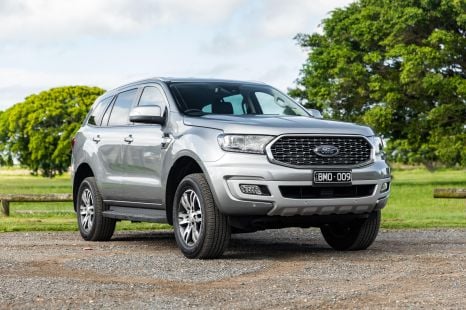

William Stopford
Ford Everest recalled
10 Hours Ago

News Editor
Audi will begin production of the Q6 e-tron in Germany next year, and by 2029 all of its plants will be producing at least one electric vehicle each.
The Q6 e-tron will enter production at the company’s Ingolstadt plant, initially alongside the A4 and A5 before the plant eventually transitions to being EV-only.
The plant, located by Audi’s global headquarters, will serve as a blueprint for the company’s transformation of its global factories.
From 2026, Audi will only launch electric vehicles onto the global market, and phase out its combustion-powered vehicles by 2033 – though it’s left the door open for ICE vehicles to continue in China.
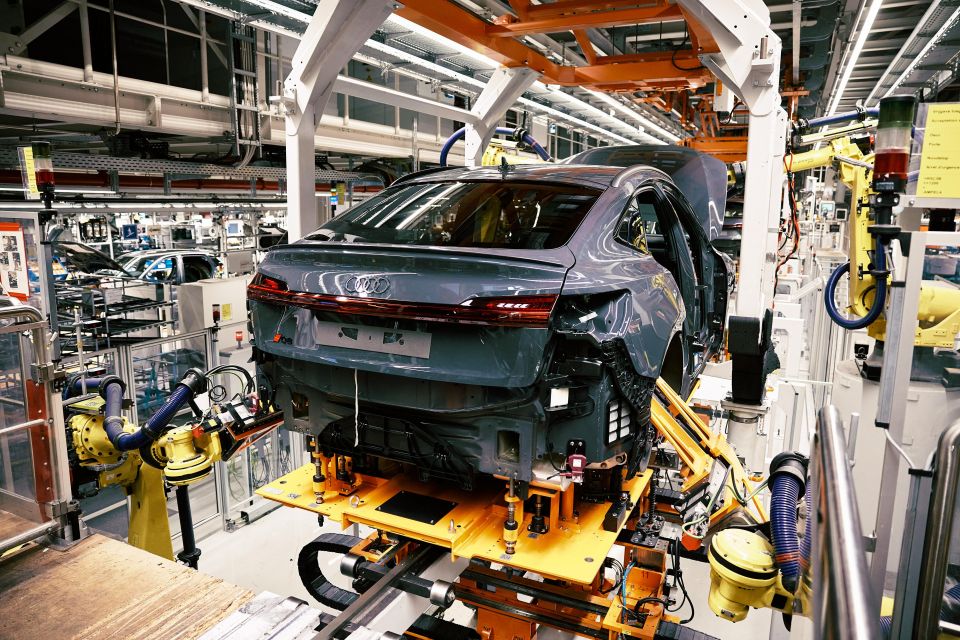
Audi currently has only two of its own EV plants, located at Böllinger Höfe in Germany and Brussels in Belgium.
It sources its Q4 e-tron from a Volkswagen plant in Zwickau, Germany, and this model along with the Q2L e-tron and Q5 e-tron are also produced for the Chinese market in FAW-Volkswagen and SAIC-Volkswagen joint-venture plants.
The move to start EV production at the company’s existing plants will also see EVs shipped out of Hungary and Mexico.
The company says it’ll only build new plants where additional capacity is needed. It’s currently building with its joint-venture partner FAW a plant in Changchun, China, that will exclusively manufacture Audi EVs.
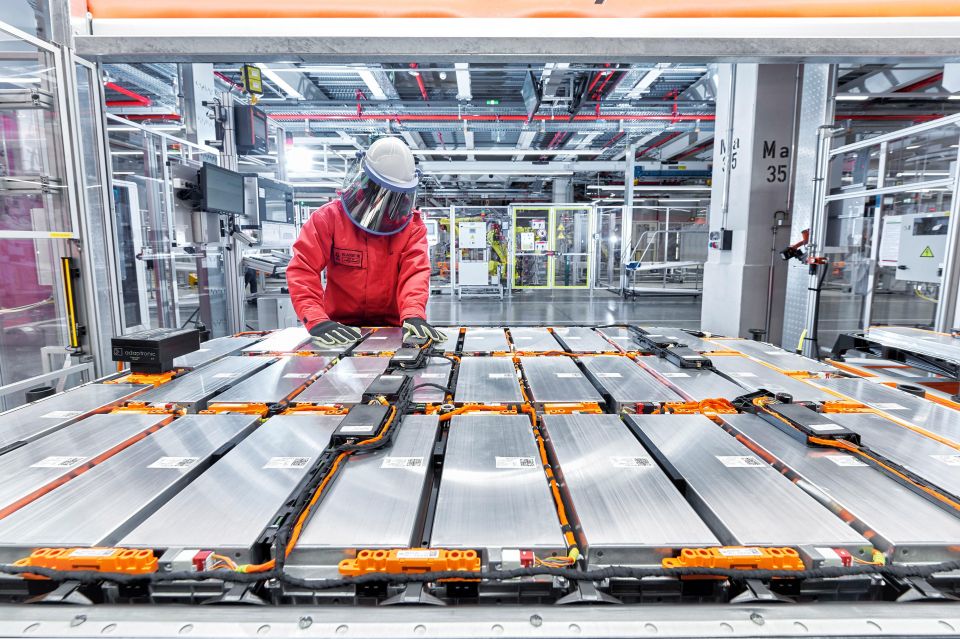
The plant is set to be completed by the end of 2024 and will build vehicles on the Premium Platform Electric.
“Step by step, we are bringing all our sites into the future,” says Gerd Walker, member of the Audi board for production and logistics.
“We don’t want any standalone lighthouse projects on greenfield sites. Instead, we are investing in our existing plants so they end up being just as efficient and flexible as newly built production sites or greenfield plants.
“The path Audi is taking conserves resources and accelerates our transformation to a provider of sustainable premium mobility.”
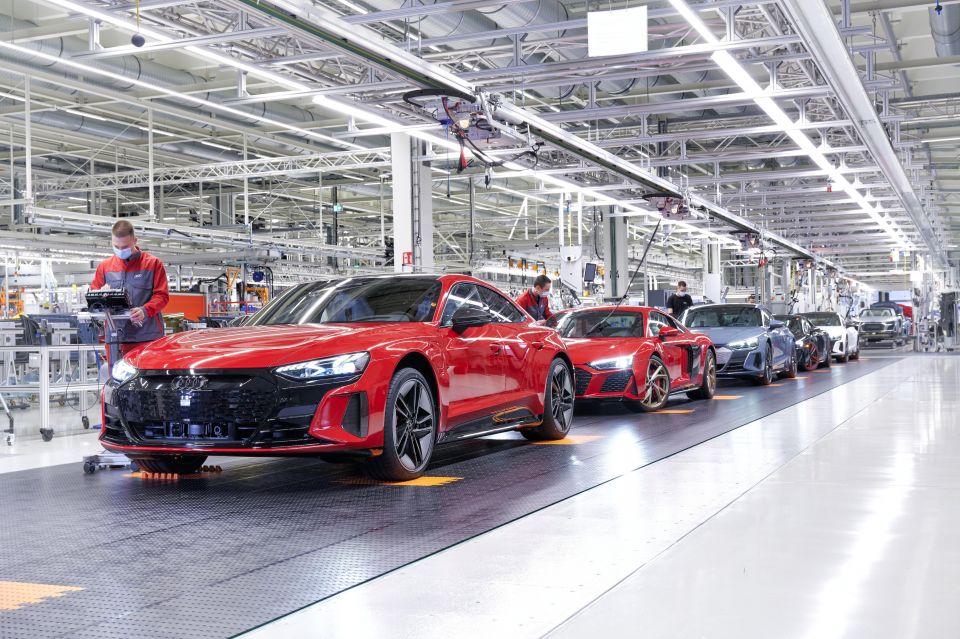
The company is investing €500 million (A$794 million) in training all its employees in EV production by 2025, and also plans for all its global production sites to be carbon neutral by that year.
But Audi is also looking to reduce costs, with a goal of cutting factory costs in half by 2033 as part of its 360factory strategy.
To achieve this, it wants to reduce the complexity of vehicles where there’s no perceived benefit to customers.
It’s also aiming to digitalise production where possible, replacing industrial PCs with Edge Cloud 4 Production technology using local servers; and use virtual assembly planning to simplify work with high product variability.
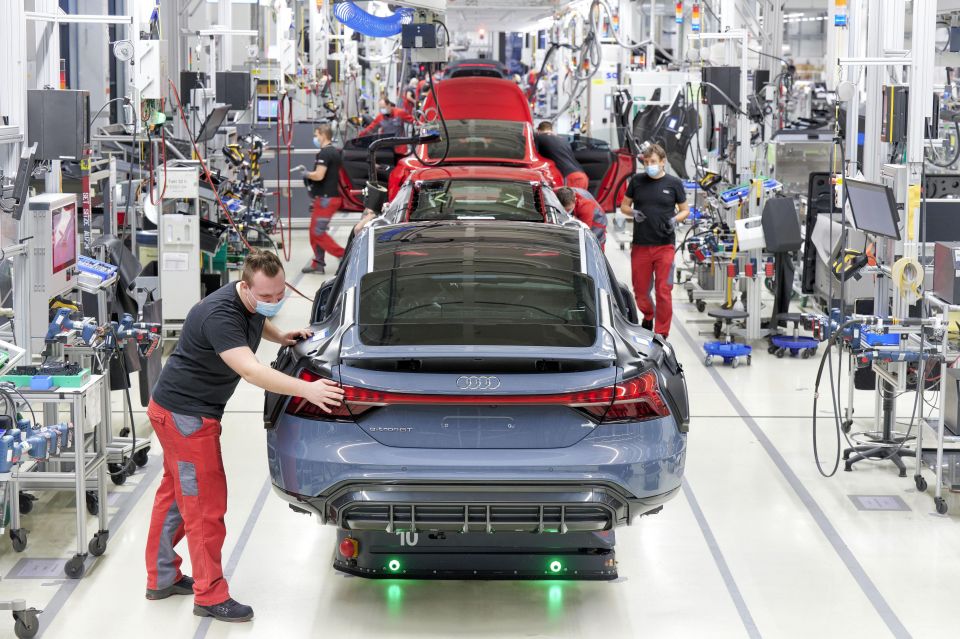
The 360factory plan will also see Audi make working hours more flexible and break rooms more comfortable.
Audi says it has set more ambitious sustainability targets, with the aim of cutting its “absolute environmental impact” in the areas of primary energy consumption, power plant emissions, air pollutants, wastewater and waste volumes and local water risk in half by 2030 compared to 2018 figures.
The company says it wants to halve the current level of ecologically weighted water consumption by 2035, boasting its Mexican plant was already the first premium brand’s plant to go wastewater-free all the way back in 2018.
Audi’s electric vehicle range will gain a crucial member with the forthcoming introduction of the Q6 e-tron.
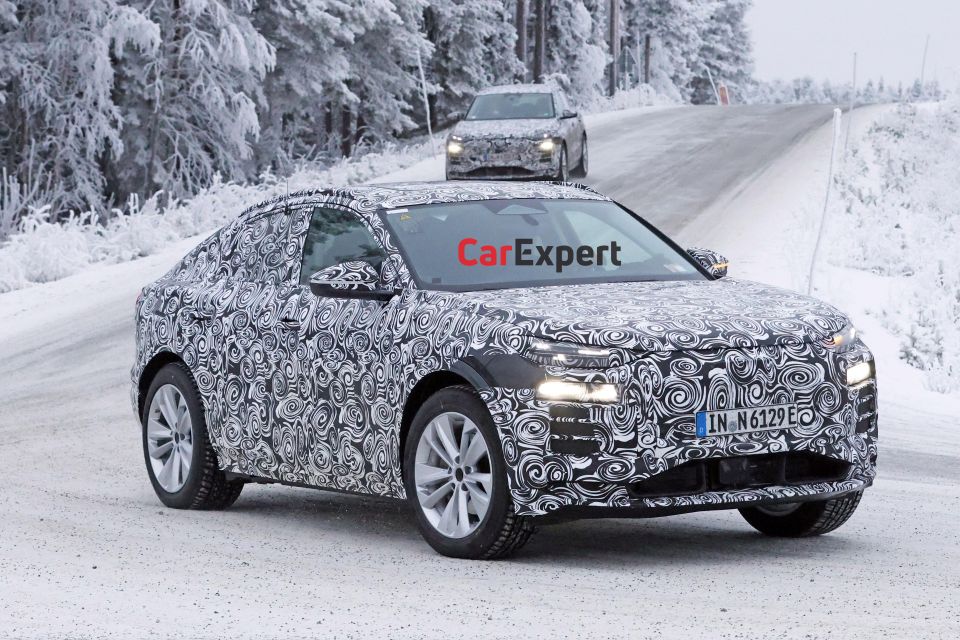
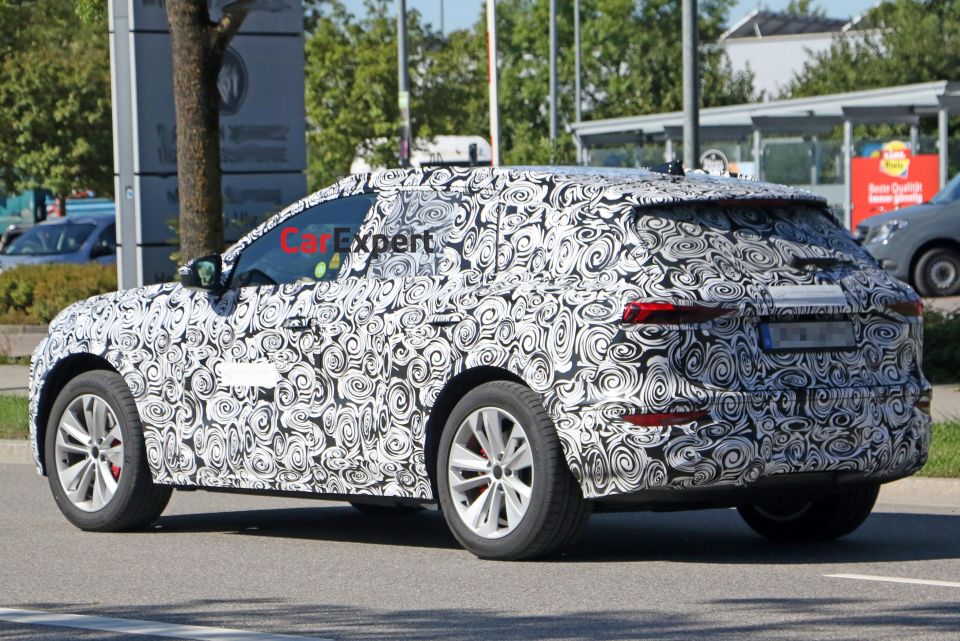
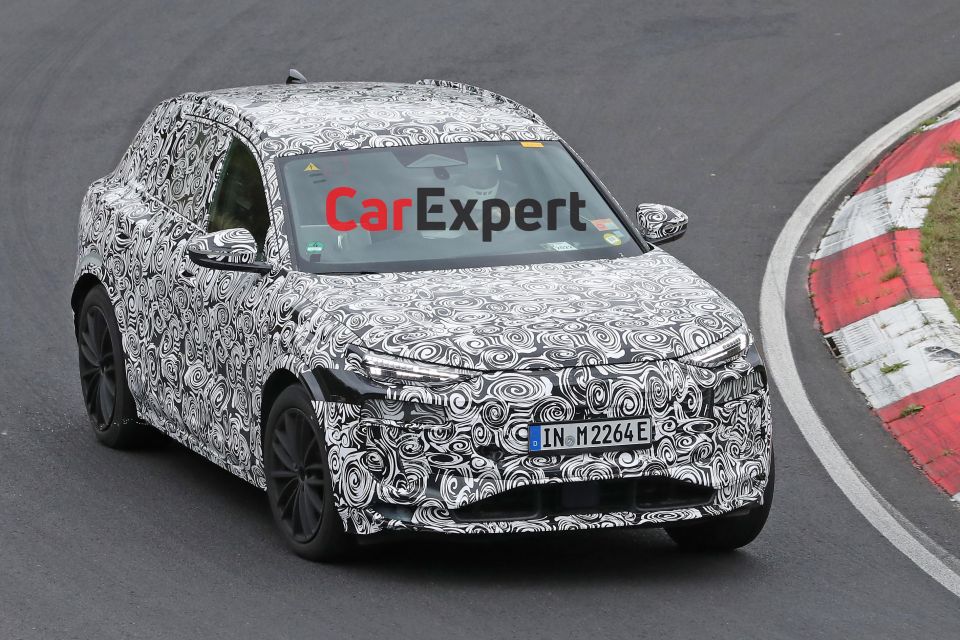
Slotting in between the MEB-based Q4 e-tron and the MLB Evo-based Q8 e-tron, it will be Audi’s first model on the new Premium Platform Electric (PPE) co-developed with Porsche and set to be used by the forthcoming Macan EV.
Like most Audi SUVs, the Q6 e-tron will be available in either wagon or sleeker Sportback body styles.
The electric Macan will reportedly feature electric all-wheel drive making up to 450kW of power and 1000Nm of torque, and our photographers have spied what appears to be an RS Q6 e-tron that could feature similar outputs.
PPE will also support rear-wheel drive powertrains with less grunt. It’s not clear how much will be shared between the Macan and the Q6 e-tron, given they’re likely to be pitched at slightly different customers.
Jalopnikreports the car will use a lithium-ion battery pack with around 100kWh of capacity. An 800V architecture allows for charging at up to 270kW, good for a 25-minute charge from five to 80 per cent.
Where expert car reviews meet expert car buying – CarExpert gives you trusted advice, personalised service and real savings on your next new car.
William Stopford is an automotive journalist with a passion for mainstream markets and historical automotive pieces.


William Stopford
10 Hours Ago
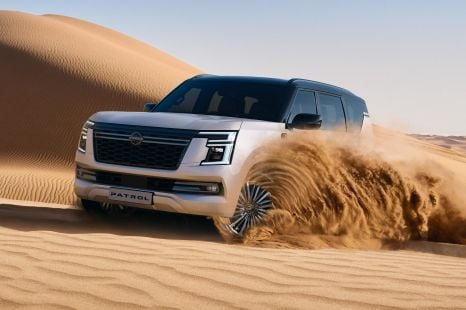

James Wong
3 Days Ago
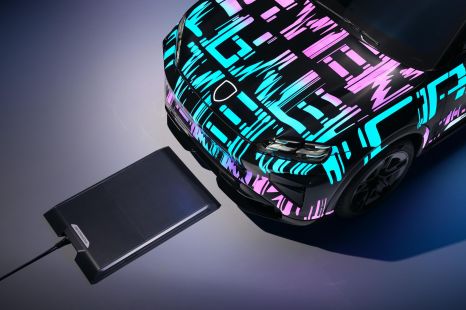

Derek Fung
8 Days Ago
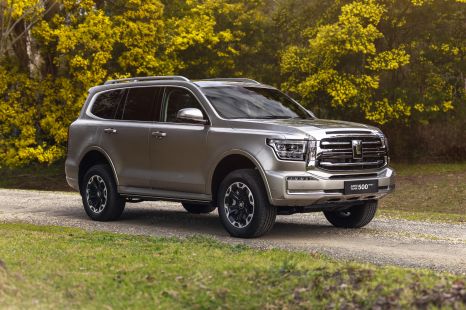

William Stopford
9 Days Ago
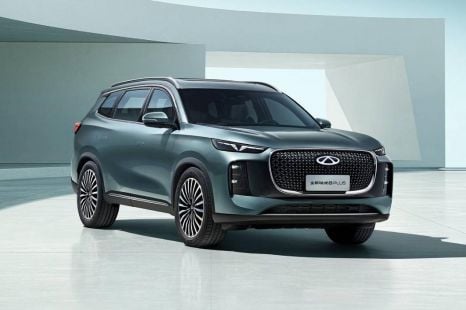

William Stopford
15 Days Ago
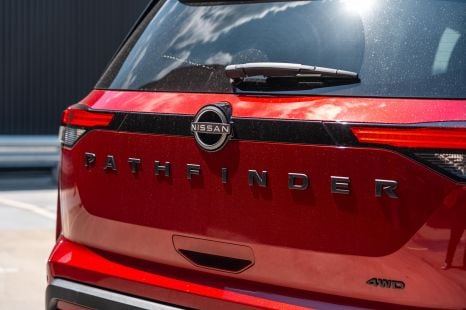

William Stopford
17 Days Ago